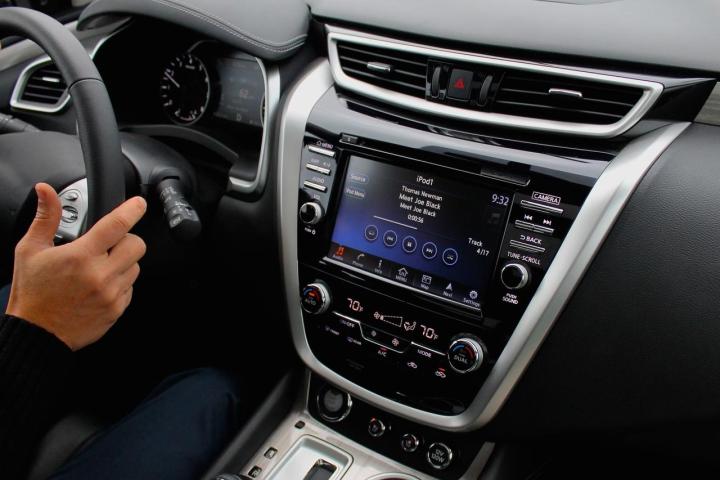
Audi’s chief of sales, Luca de Meo, recently drove the point home by predicting that 50 percent of vehicle value creation will be based on apps, software, electronic systems, and digital services by 2020.
It’s a shame, then, that so many buyers are dissatisfied with what automakers are currently offering.
A new poll by Nielsen and automotive consultant SBD found that 43 percent of 14,000 car buyers surveyed think modern infotainment systems are overly cluttered, the product of manufacturers jamming as many functions they can into their products.
“It’s sort of an arms race — who can have the most technology in the vehicle — and consumers are confused,” Nielsen Vice President Mike Chadsey told Automotive News.
Anyone who’s logged significant hours in the retail field will tell you that you’re often asked, “Why does Product A have Feature C?” Often enough, the answer is, “Because Product B has Feature C, and if Product A didn’t, people would ask why.”

It’s not necessarily that the functions are intrinsically good, or that they’ll improve the user’s experience, it’s more that companies have to offer competitive technology to stay, well, competitive. It is the nature of business, and sometimes it’s a tad too much.
Nielsen’s online study asked questions about 42 different vehicle technologies, including hybrid engines, backup cameras, and electronic suspensions. Among the 10 lowest-rated were smartphone integration and built-in apps, with the last place finisher being stubborn voice recognition.
Another interesting development was the list of most-ignored features, which included in-car music storage, CD players, concierge services, and voice recognition. You have to wonder how long automakers will continue to pour resources into things that car buyers aren’t really clamoring for.
And so we turn to you, Digital Trends readers. How do you feel about the infotainment systems in your own vehicles? Are they too messy, or just right? Let us know how you feel, and what platform you have, in the comments below.
Editors' Recommendations
- Modern cars take touch controls too far. This company found a balance
- The best infotainment systems
- Infiniti’s latest InTouch system finally adds Apple CarPlay and Android Auto


